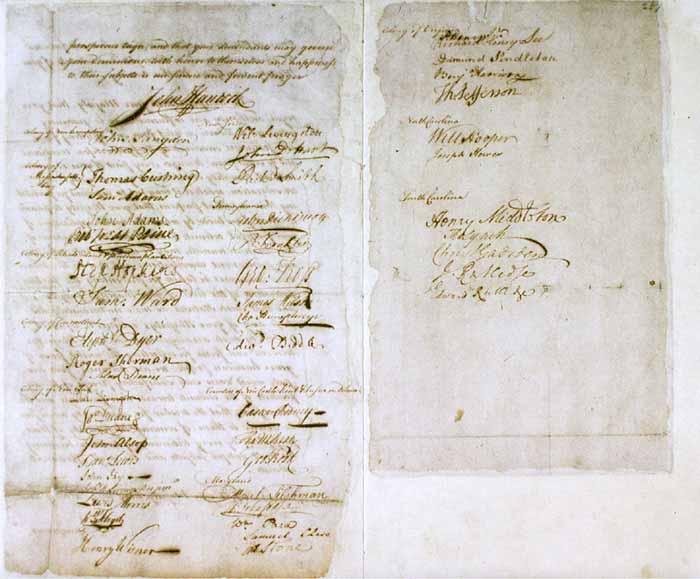The second Continental Congress, on July 5, 1775, adopted the Olive Branch petition. Congress would subsequently sign the petition three days later, on July 8. This petition aimed to avoid further war between Great Britain and the 13 colonies that made up America at the time.
When the petition was drafted, the war quickly picked up speed, and most of Congress thought further bloodshed was a foregone conclusion. Despite their misgivings, Congress saw it fit to make this one last attempt to avoid further war. John Dickinson of Pennsylvania oversaw the primary drafting of the Olive Branch petition.
After the petition was ratified, it was sent off to Europe under the care of Richard Penn and Arthur Lee. The contents of the petition besought King George to intervene and stop the bloodshed brought about by British-ruled Canada. The petition would, however, be rejected by King George III. The king would also declare the 13 colonies in rebellion in August of the same year. Despite the earnest intention for peace by the Second Continental Congress, King George never read the Olive Branch petition.
Parliament’s implementation of the Sugar Act, Stamp Act of 1765, and the Townshend Acts (1767-1768) caused the upheaval that eventually necessitated war. These acts increased the tax burden in the thirteen colonies. Further actions by the parliament of the day, like the passing of the intolerable Acts (1774), firmly set the colonies on the pathway to war.

